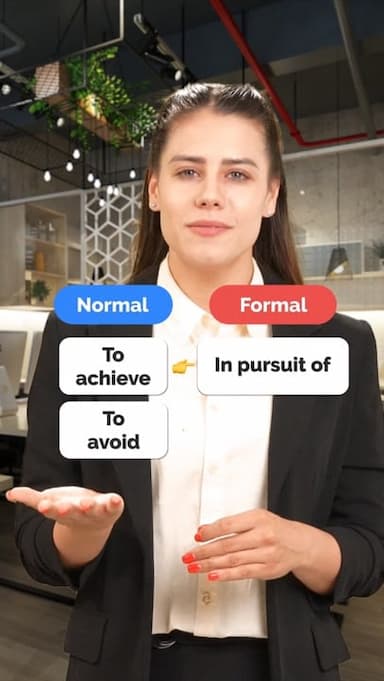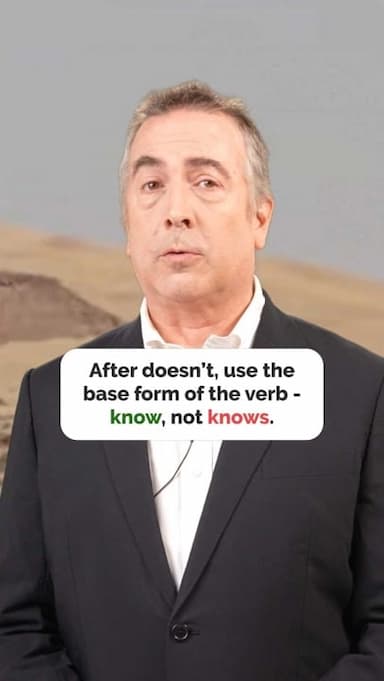Double Negatives Explained: Common English Mistake
Many English learners mistakenly say phrases like “I don’t know nothing” or “I don’t make no mistakes.” While this might feel correct in casual speech, it’s actually a common grammar error called a double negative.
In English, two negatives cancel each other out and create a positive meaning. So, when you say “I don’t make no mistakes,” it technically means you do make mistakes — the opposite of what you intend!
The correct way to express this is:
• I don’t make any mistakes.
or simply
• I never make mistakes.
In this video, Luke explains how double negatives work and shows why avoiding them is important for clear and correct English. You’ll also see a fun example where Daniel learns this lesson the hard way!
Watch now and make sure your English is mistake-free — no double negatives allowed!
Improve your grammar, sound more natural, and boost your confidence in everyday conversations.
Get the full app experience
Engaging video lessons and fun quizzes to help you ace your English.
Improve your English Level
Improve your pronunciation
Practice conversations
Sharpen your listening Skills
Fix common mistakes in English
Learn Grammar in a fun way
Expand your English Vocabulary
Coming soon to Google Play
© 2023 fluentjoy.com












